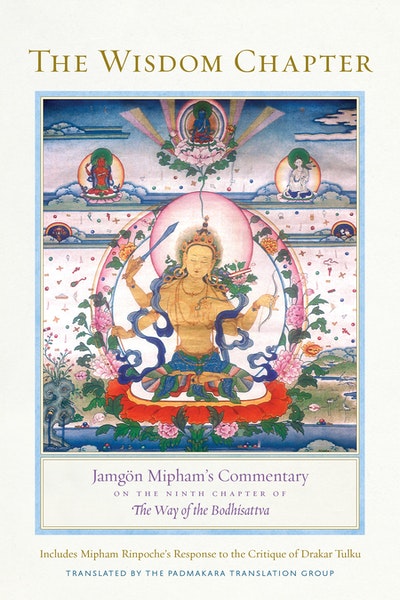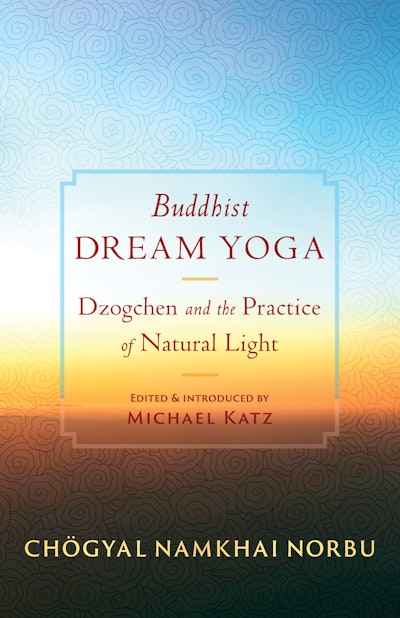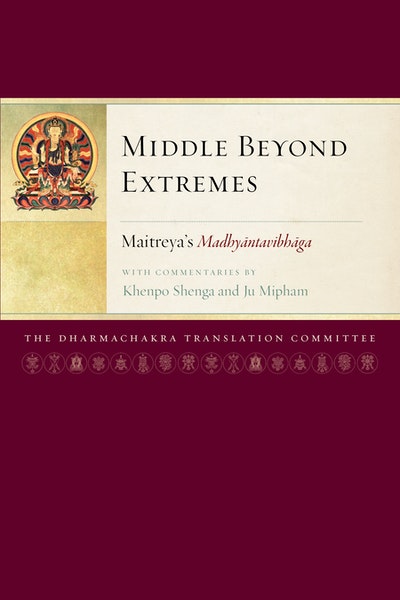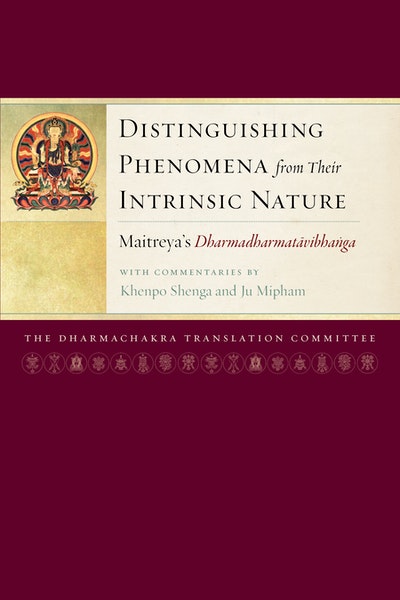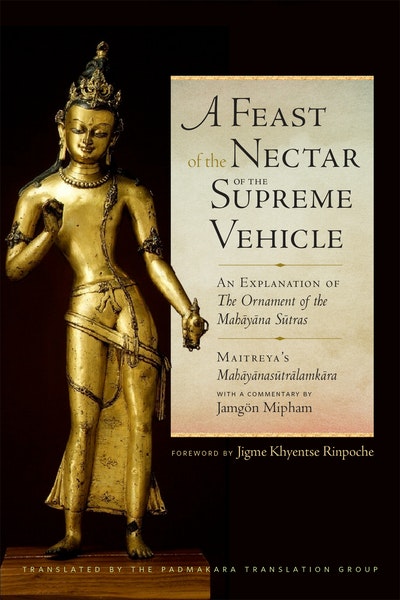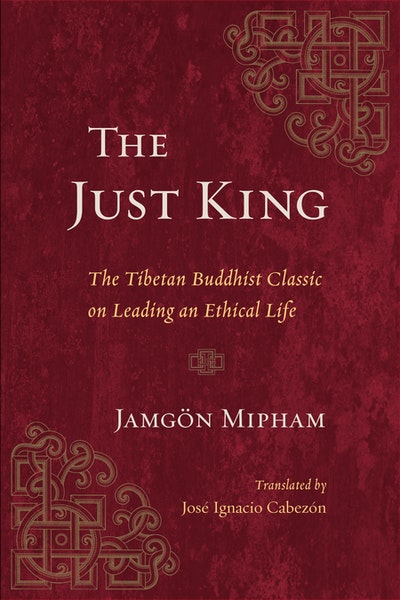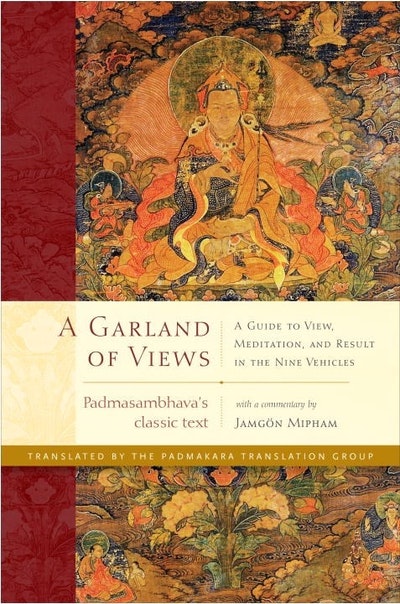- Published: 10 February 2021
- ISBN: 9781611808674
- Imprint: Snow Lion
- Format: Paperback
- Pages: 400
- RRP: $69.99
The Wisdom Chapter
Jamgön Mipham's Commentary on the Ninth Chapter of The Way of the Bodhisattva
- Published: 10 February 2021
- ISBN: 9781611808674
- Imprint: Snow Lion
- Format: Paperback
- Pages: 400
- RRP: $69.99
“Shantideva’s ‘Wisdom Chapter’ essentializes the Madhyamika teachings. With reasoning that precisely elucidates all of Nagarjuna’s subtle points, this single chapter has provided a doorway to the Middle Way teachings for many great masters, including Jamgön Mipham Rinpoche, author of the Ketaka Jewel. Mipham’s commentary and his subsequent debate with Drakar Tulku of the Riwo Gadenpa school show us the potential of deep debate. This dialogue about the nature of phenomena between two of the preeminent scholars and meditation masters of the nineteenth century has moved and inspired many, including myself. I hope this translation serves in the same manner that their original discussion has, ever since it came into being. I am delighted to see that Wulstan Fletcher and the Padmakara Translation Group have accomplished such a great feat, and dedicate the merit of their undertaking to the blossoming of prajna in all beings.”—Dzigar Kongtrul, author of The Intelligent Heart “It is important to understand that the Buddha never taught because of his knowledge but always through his compassion—according to the needs of his hearers. That’s why he didn’t really mean what he said in some teachings and did really mean it in others. That distinction is very important, because Shantideva’s ninth chapter is a commentary on what the Buddha really meant! It’s also most important to understand that the reasoning Buddhists use to investigate ultimate truth cannot be used to examine relative truth. And yet, unconsciously, we always do that—which creates the huge pitfall of underestimating relative truth and exaggerating ultimate truth, or the reverse. If you truly want to understand this, then read Shantideva’s ninth chapter again and again. In fact, never stop reading it. To that end, Mipham Rinpoche’s commentary is like a magnifying glass and telescope combined—for those who are farsighted and nearsighted.” —Dzongsar Jamyamg Khyentse, author of The Guru Drinks Bourbon? “The Padmakara Translation Group has made yet another major contribution to Buddhist scholarship with this compilation of beautiful and accessible translations of important Tibetan Buddhist texts. The Wisdom Chapter presents a major debate that has been going on for centuries on the nature of ultimate truth, and a debate with continued relevance for living Buddhist traditions in the contemporary world. The introduction and translations here guide the reader through the dynamic and complex world of Buddhist commentarial tradition as it charts the contours of two major lines of interpretation of Madhyamaka in Tibet.”—Douglas S. Duckworth, author of Jamgön Mipam: His Life and Teachings
